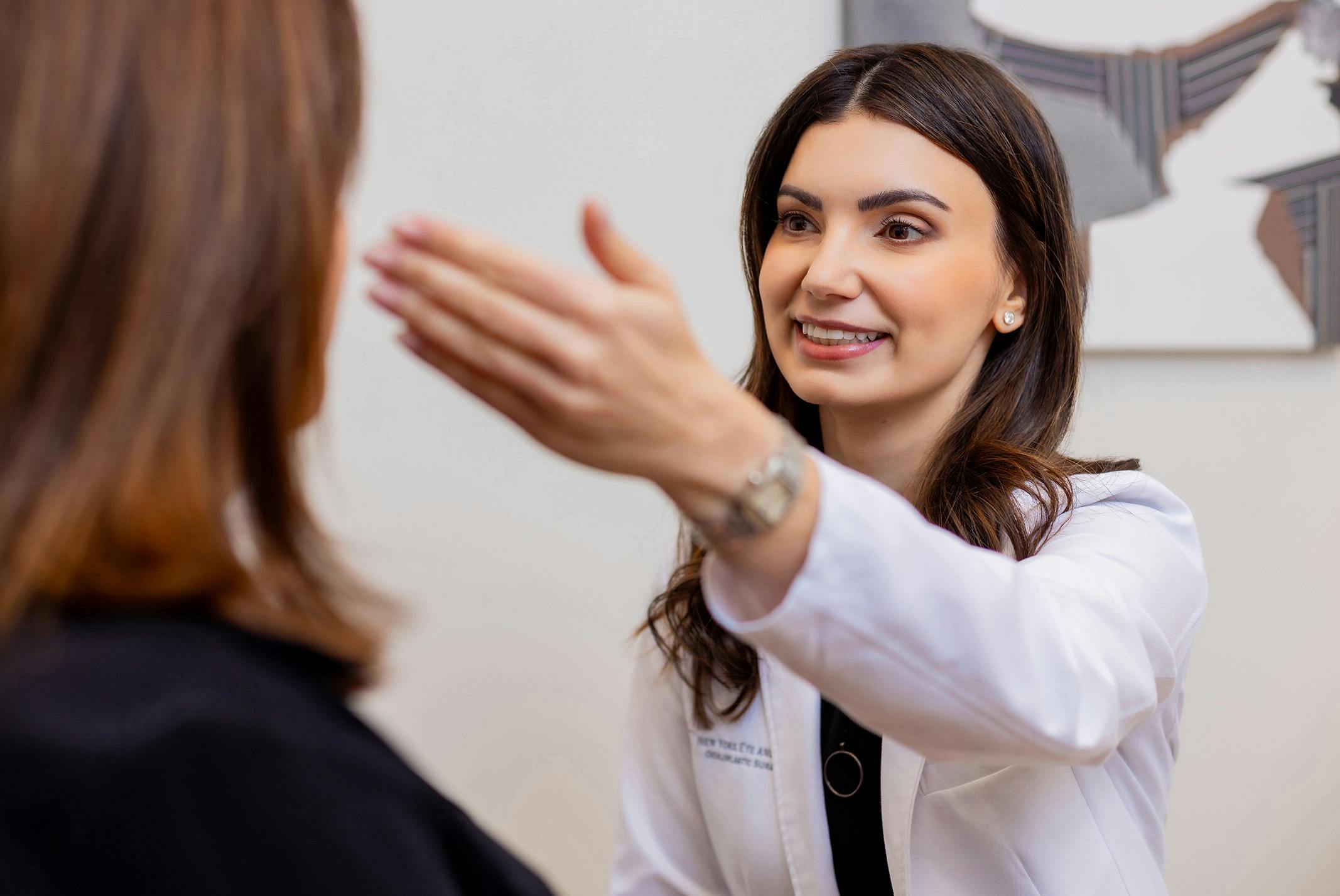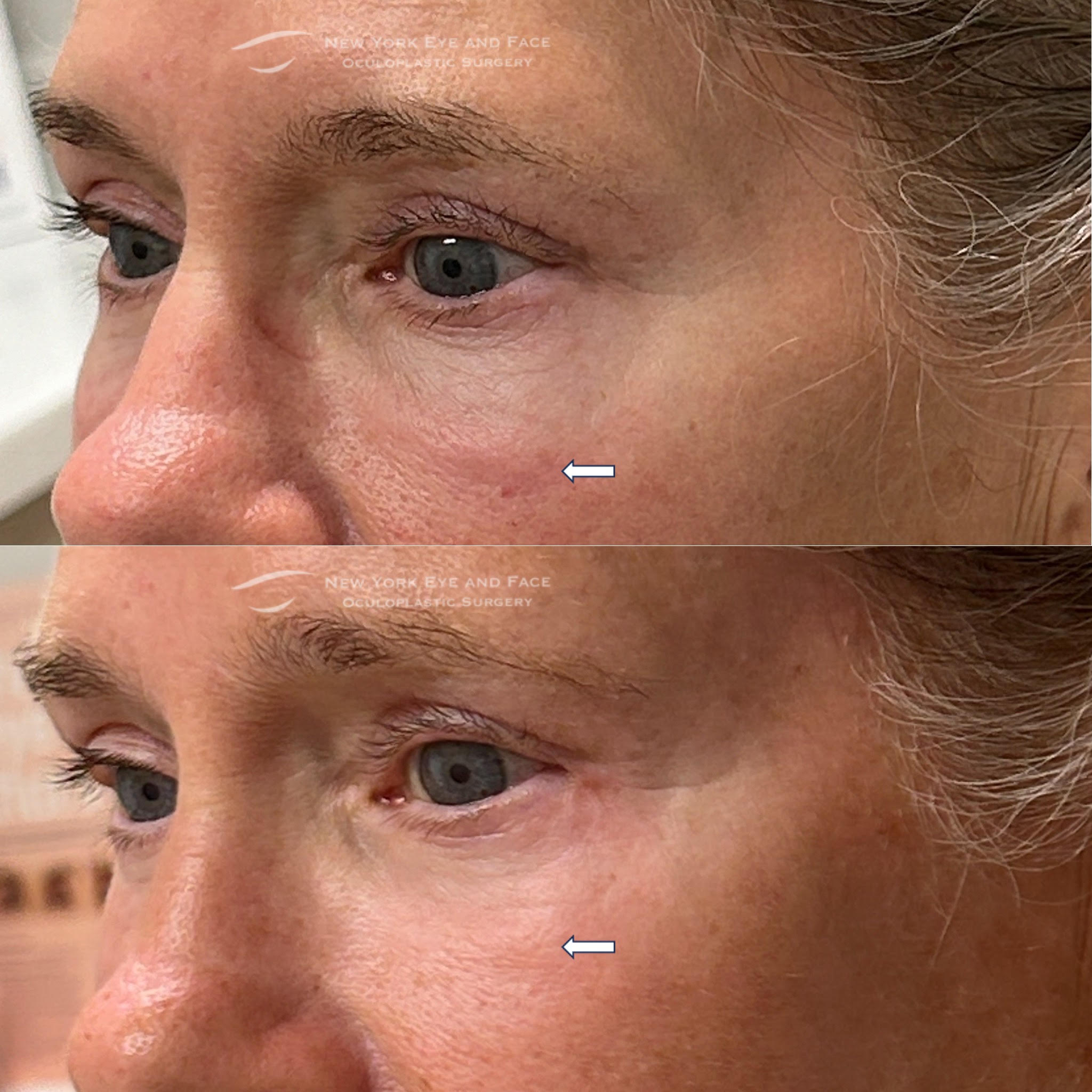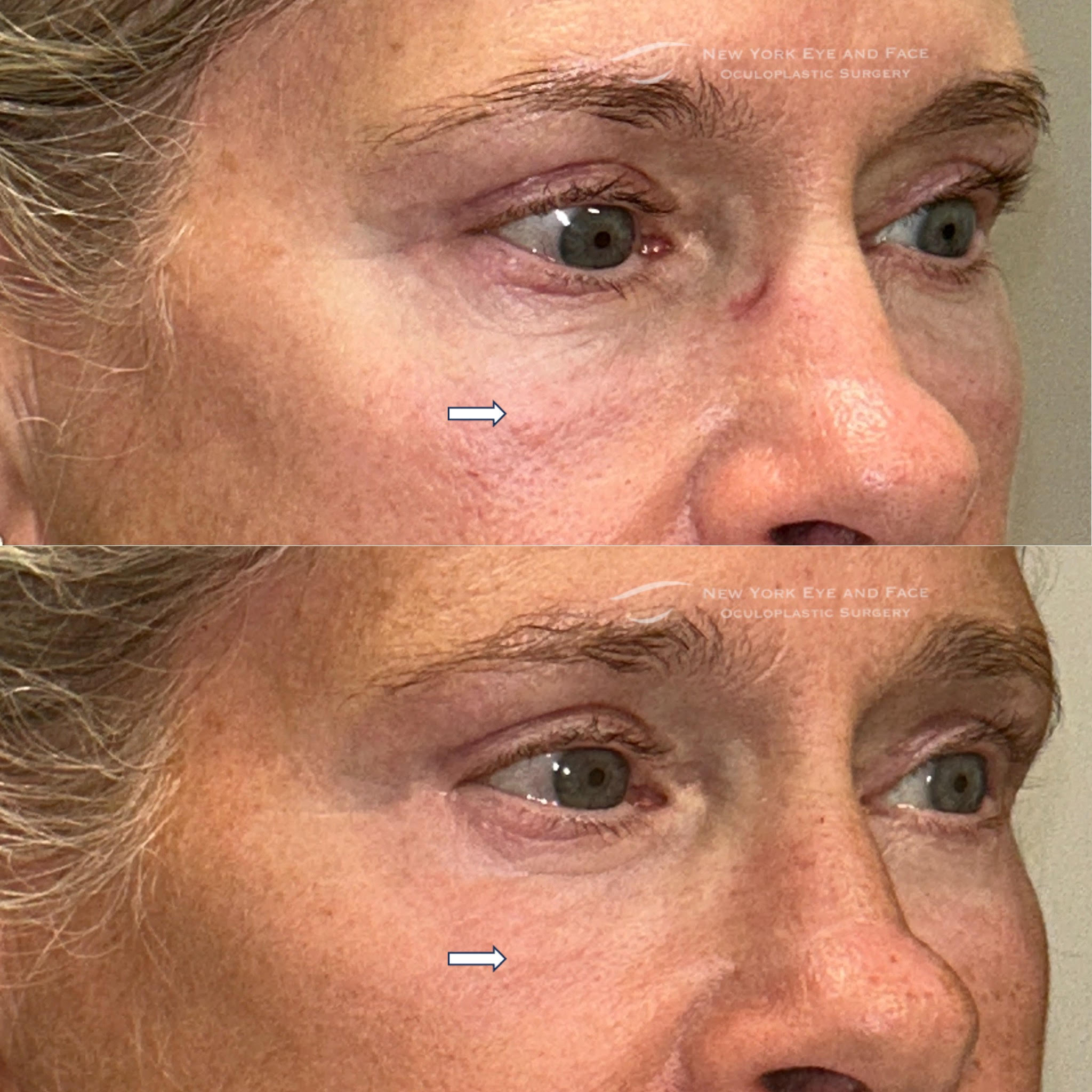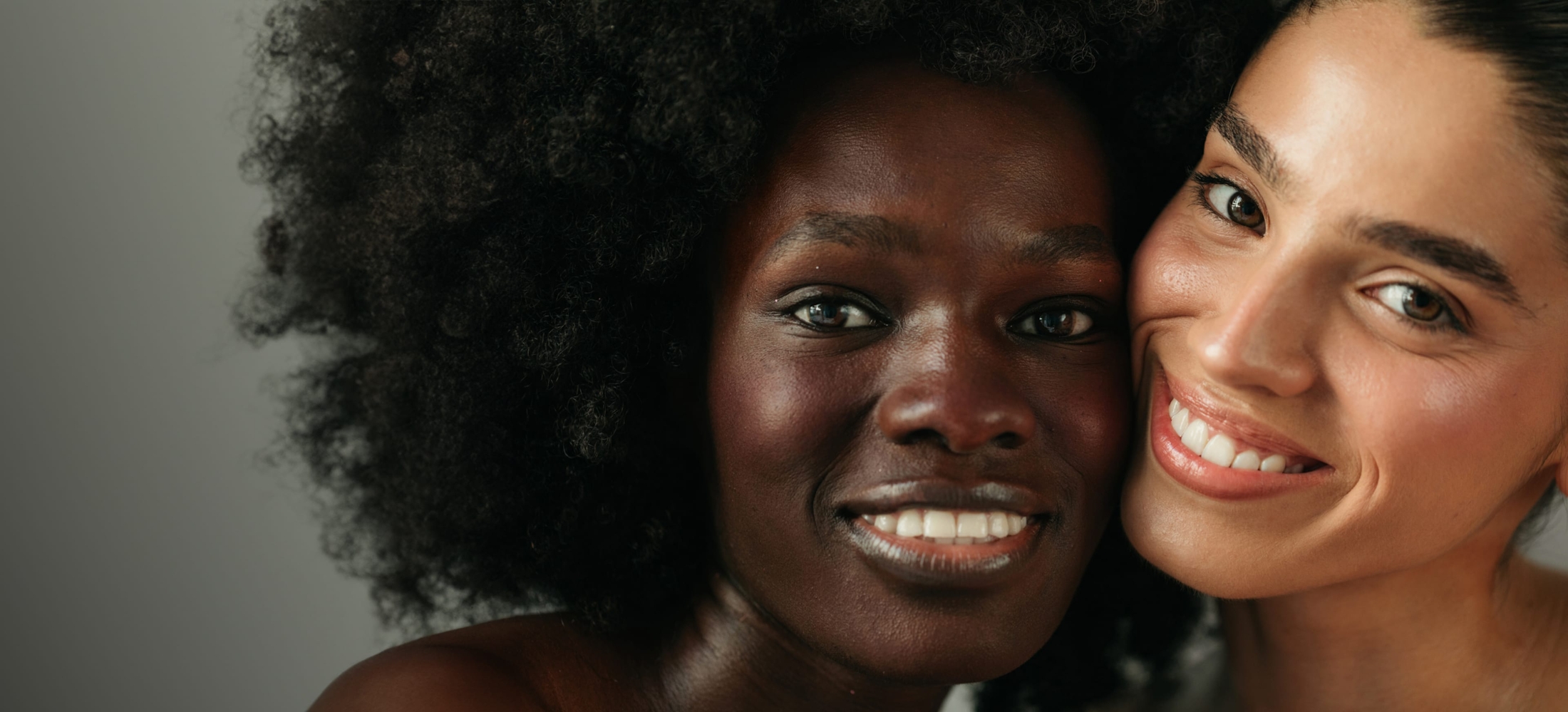How Can I Treat My Festoons?
First, your doctor may ask about other causes for fluid retention, such as salt intake, high blood pressure, and kidney disease. After ruling out factors that may be worsening the festoon, a variety of treatments can be considered. Some treatment options include direct festoon excision, doxycycline or tetracycline injections, CO2 laser treatment, and lower eyelid blepharoplasty.
Doxycycline or Tetracycline Injections
Doxycycline or Tetracycline injections are one treatment option. These injections are given in the office setting. This is a straightforward solution that allows for a quick procedure without incisions. For mild or moderate festoons, this may be an ideal option.
CO2 Laser Treatment
CO2 laser treatment is an alternative solution that has an intermediate amount of downtime between injections and surgery. Treatment can both help reduce the appearance of festoons, as well as improve skin quality and texture.
Direct Festoon Excision
Direct Festoon Excision is the most reliable way to successfully remove a festoon. The skin is first marked around the festoon and then excised. The skin is closed with sutures, which are removed at a later point. There is the risk of a potentially visible scar, though often the incision heals well.









